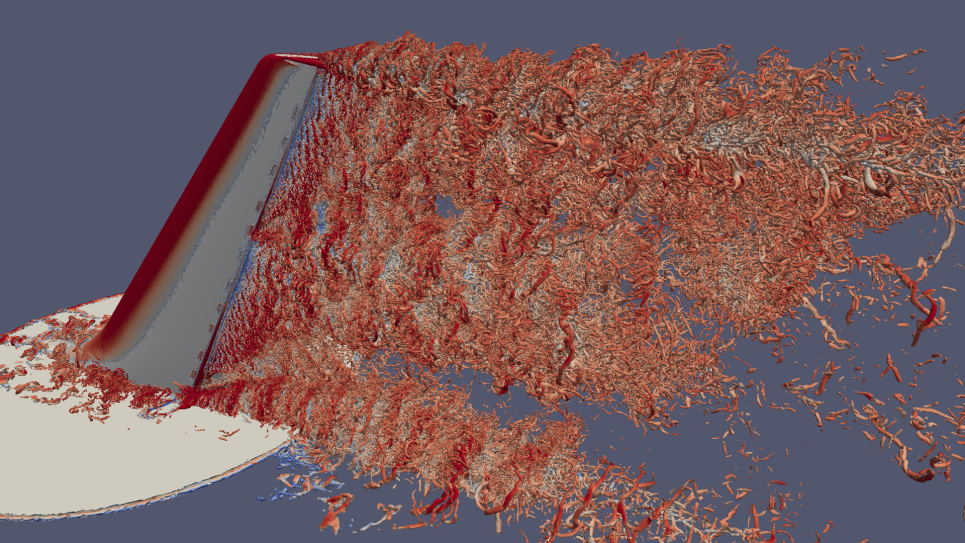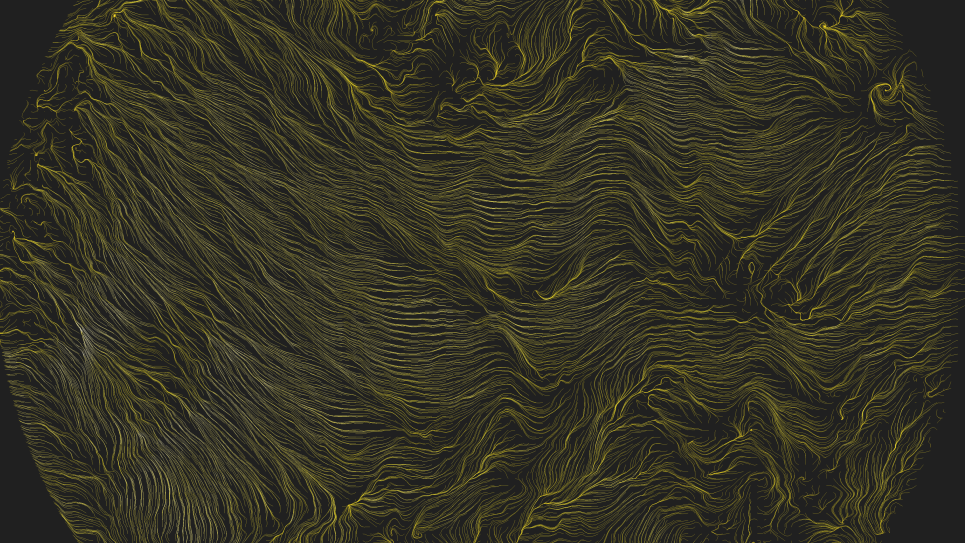
Parameter Studies of Boussinesq Flows
The dynamics of rotating, stratified fluids include the complex interaction of waves and turbulence, and are the basis for understanding the behavior of many physical systems in astrophysical, geophysical and engineering applications. On long time scales, coupling between waves and slow motions is likely responsible, in part, for the behavior of large-scale astrophysical and geophysical phenomena. This work focuses on quantifying the structures generated by such coupling, ranging from layers in strongly stratified flows to columnar structures in strongly rotating flows.
A secondary goal for this project is to improve the current understanding of turbulence by computing statistical patterns gleaned by seeding a turbulent fluid with a large number of particles to be conveyed by the flow. Motivated by the presence of both upscale and downscale transfer of energy in strongly rotating stratified flows, researchers have introduced Lagrangian particle tracking, a new computational and diagnostic capability, to the Geophysical High Order Suite for Turbulence (GHOST) code application used with previous allocations. Such particle tracking capabilities form a natural route to understanding the fluxes and mixing properties of the flows and will form a key component of future simulations and analysis.

